by Samantha Smith, Ph.D. Student
Twitter: @samijoe_smith
Assassin bugs (Reduviidae) are incredible predators, some using unique behaviors and morphology to specialize on specific prey such as millipedes, spiders and bees, while others act as generalists, feeding on whatever they can. Their diverse predatory behavior reaches its peak in the tropics. Gabon, a country in western Africa, has preserved much of its jungle, making it an ideal country to collect and study these amazing insects.
As a PhD student at UC Riverside, I am fascinated by the evolution of unique characters such as behavior and morphology. Insects are a perfect study system for evolution: they are amazingly diverse and understudied, leaving an abundance of questions ready to be answered. Though much of my research is done in the lab, collecting insects in the field for DNA work and to better understand their behavior and habitat is a crucial first step. Using their DNA, we can build phylogenetic trees that estimate relationships between different species, allowing us to further predict how unique behaviors and morphologies may have evolved over time.
In February I traveled to Gabon to collect assassin bugs (Reduviidae), focusing mainly on species found under bark that were missing from our lab’s DNA ‘bank’. We spent two weeks collecting at three different sites throughout the country, using light trapping, general collecting and yellow pan traps.
Twitter: @samijoe_smith
Assassin bugs (Reduviidae) are incredible predators, some using unique behaviors and morphology to specialize on specific prey such as millipedes, spiders and bees, while others act as generalists, feeding on whatever they can. Their diverse predatory behavior reaches its peak in the tropics. Gabon, a country in western Africa, has preserved much of its jungle, making it an ideal country to collect and study these amazing insects.
As a PhD student at UC Riverside, I am fascinated by the evolution of unique characters such as behavior and morphology. Insects are a perfect study system for evolution: they are amazingly diverse and understudied, leaving an abundance of questions ready to be answered. Though much of my research is done in the lab, collecting insects in the field for DNA work and to better understand their behavior and habitat is a crucial first step. Using their DNA, we can build phylogenetic trees that estimate relationships between different species, allowing us to further predict how unique behaviors and morphologies may have evolved over time.
In February I traveled to Gabon to collect assassin bugs (Reduviidae), focusing mainly on species found under bark that were missing from our lab’s DNA ‘bank’. We spent two weeks collecting at three different sites throughout the country, using light trapping, general collecting and yellow pan traps.
Using insects collected during this trip, our lab is building a phylogeny of assassin bugs that will resolve relationships between species that are currently unknown. As we understand these relationships, we will also be able to better understand how the wide variety of behaviors evolved across the family, and which behaviors may have led to increased diversity within the family.
I’ll be returning to western Africa, this time to Cameroon, to study thread legged assassin bugs (Emesinae) and their association with spiders and spiderwebs this summer. Spiders are some of the best predators in the world, and their spiderwebs act as an extension of their sensory system. Surprisingly, Emesinae can manipulate spiderwebs and either feed on the host spider or on prey caught in the spiderweb. Though this behavior is seen in several species of Emesinae, it has only been closely studied in two. I will be collecting and studying four different species of Emesinae in Cameroon to compare with the behavioral work already done. Together with a phylogeny resolving relationships within Emesinae, this study will open a window into better understanding how such unique behaviors may have evolved.
I’ll be returning to western Africa, this time to Cameroon, to study thread legged assassin bugs (Emesinae) and their association with spiders and spiderwebs this summer. Spiders are some of the best predators in the world, and their spiderwebs act as an extension of their sensory system. Surprisingly, Emesinae can manipulate spiderwebs and either feed on the host spider or on prey caught in the spiderweb. Though this behavior is seen in several species of Emesinae, it has only been closely studied in two. I will be collecting and studying four different species of Emesinae in Cameroon to compare with the behavioral work already done. Together with a phylogeny resolving relationships within Emesinae, this study will open a window into better understanding how such unique behaviors may have evolved.

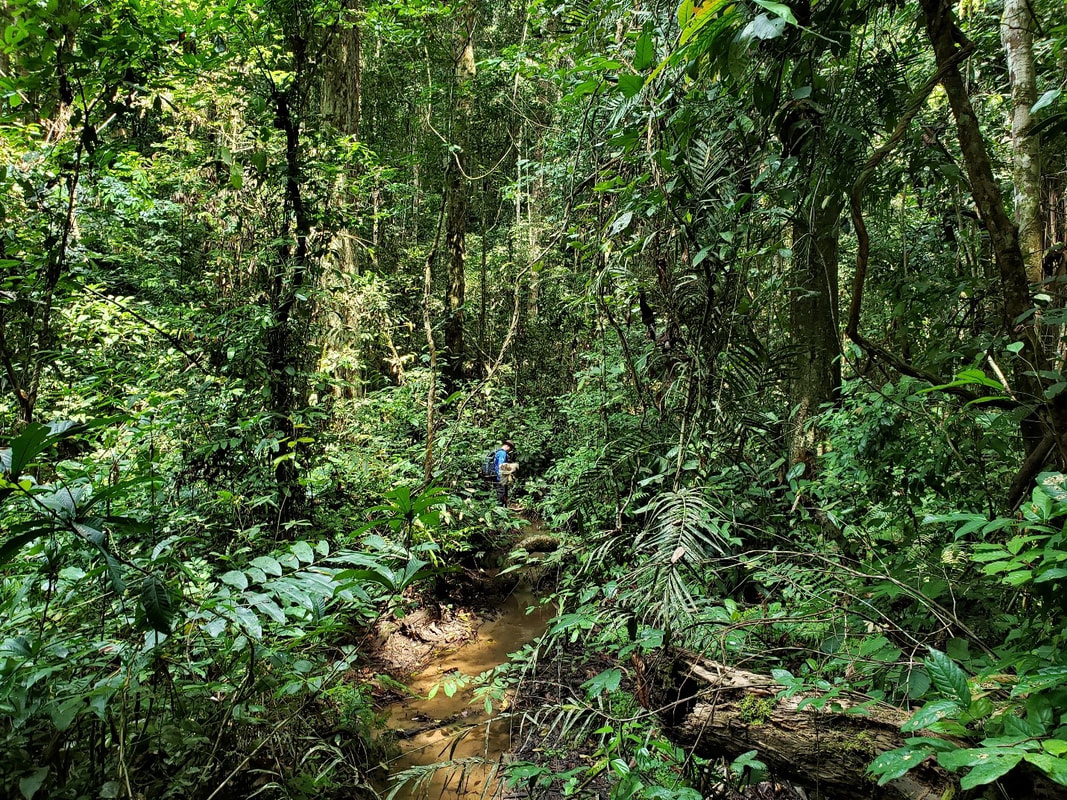
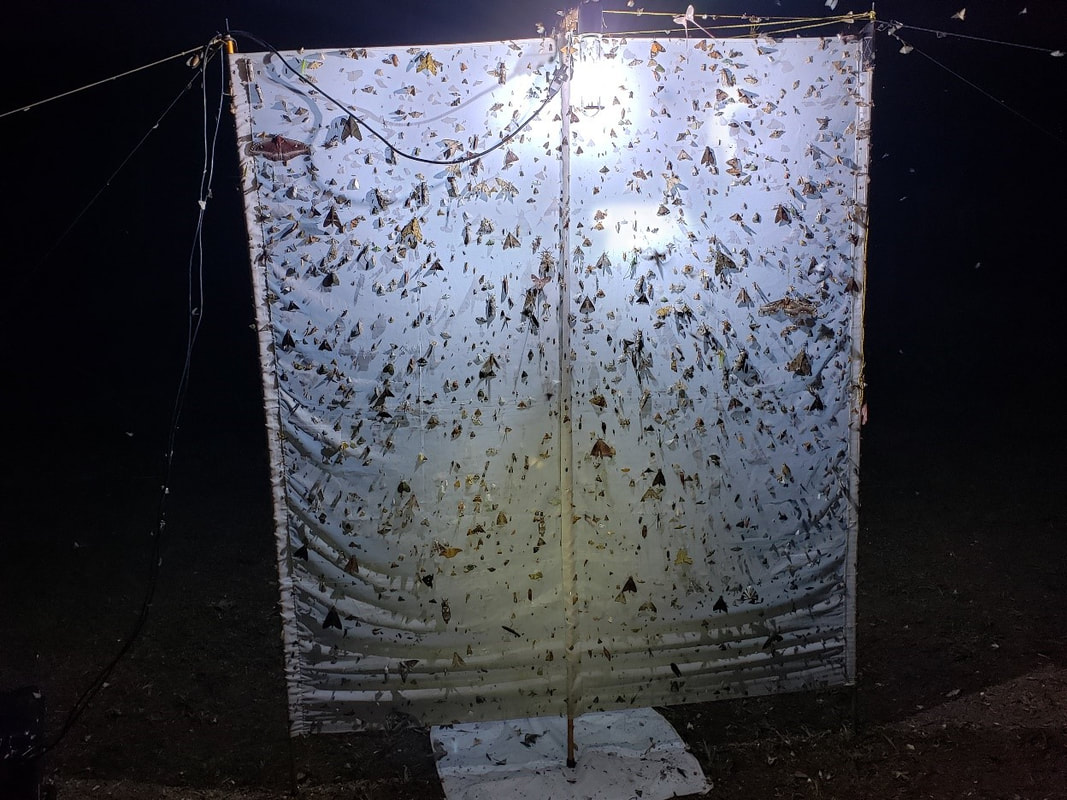
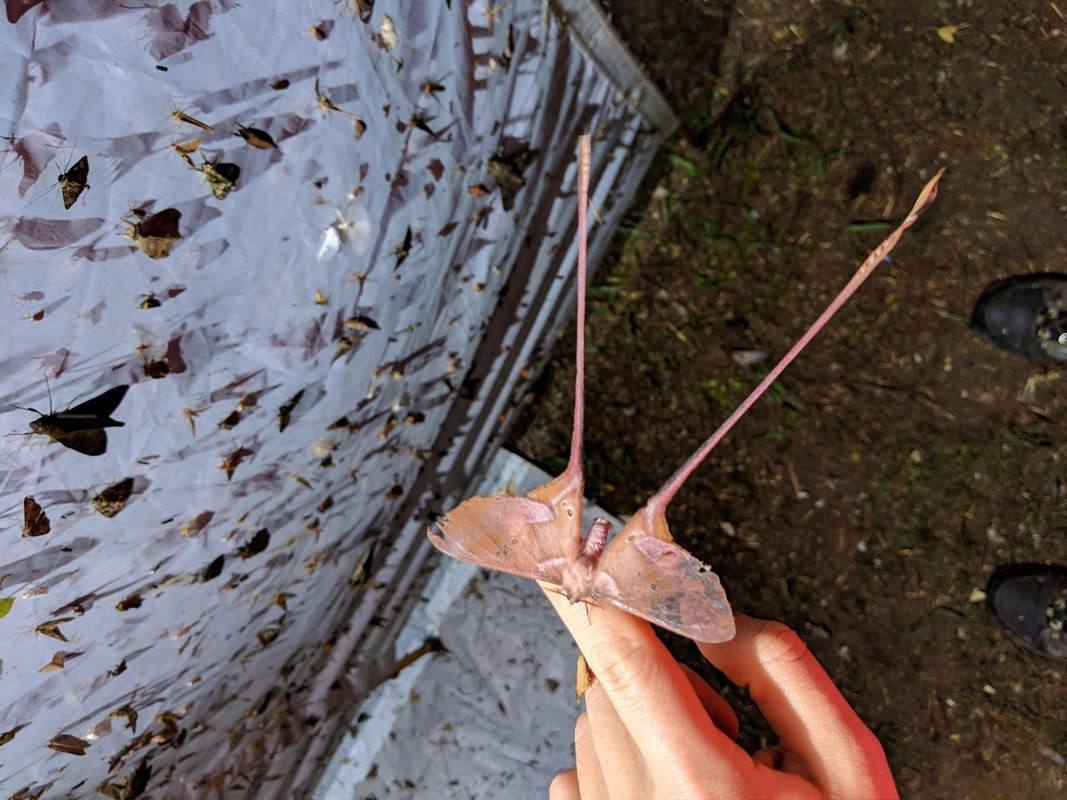
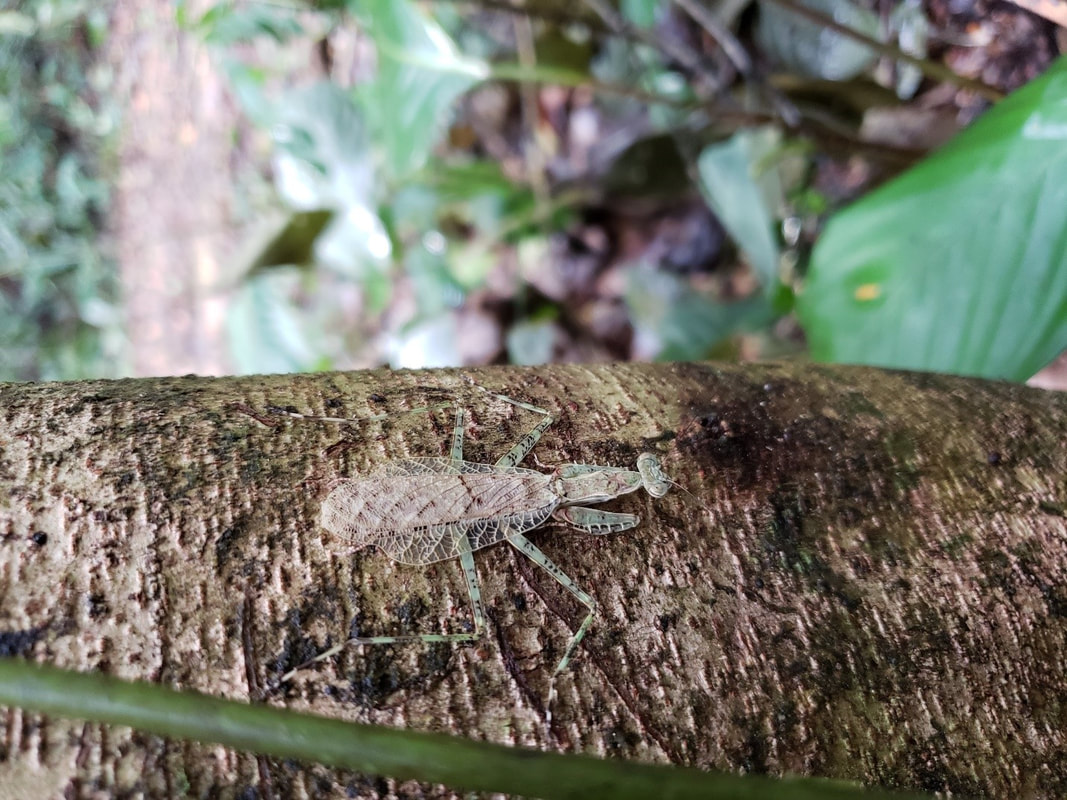
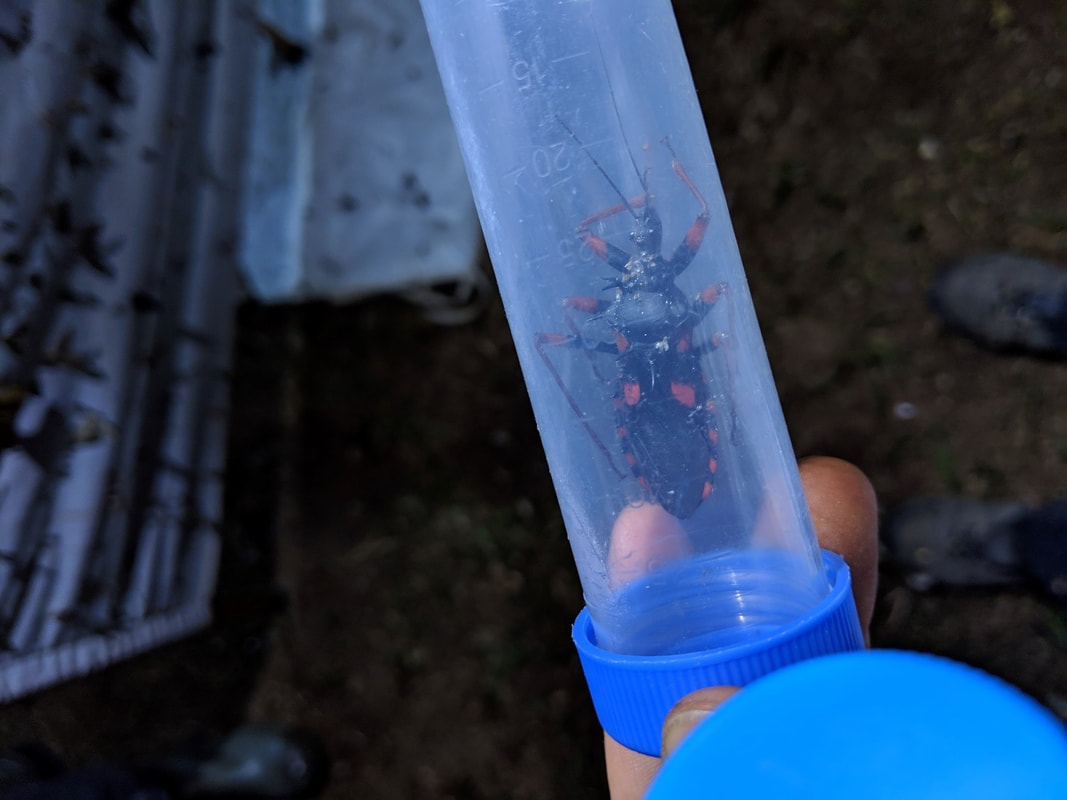

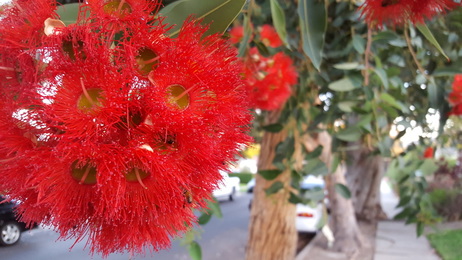

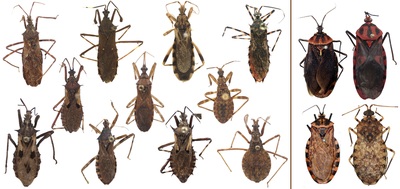
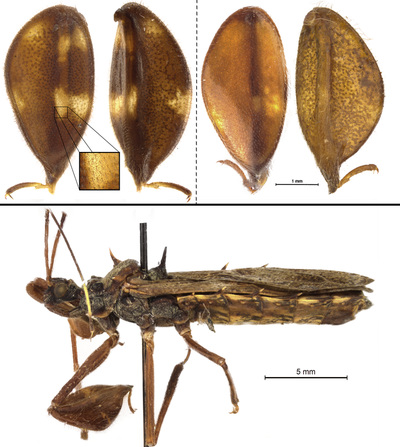
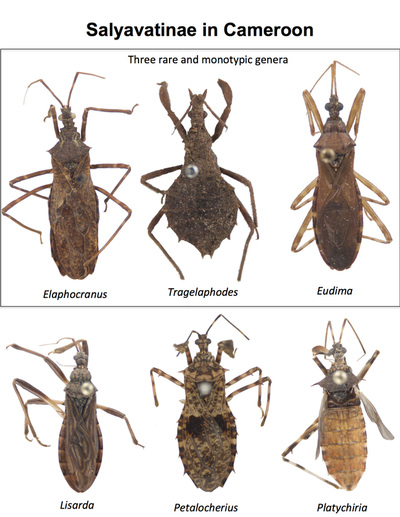
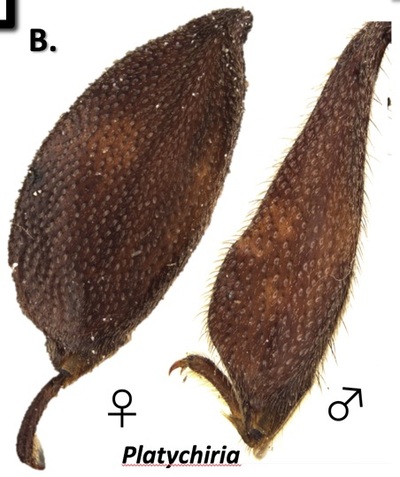
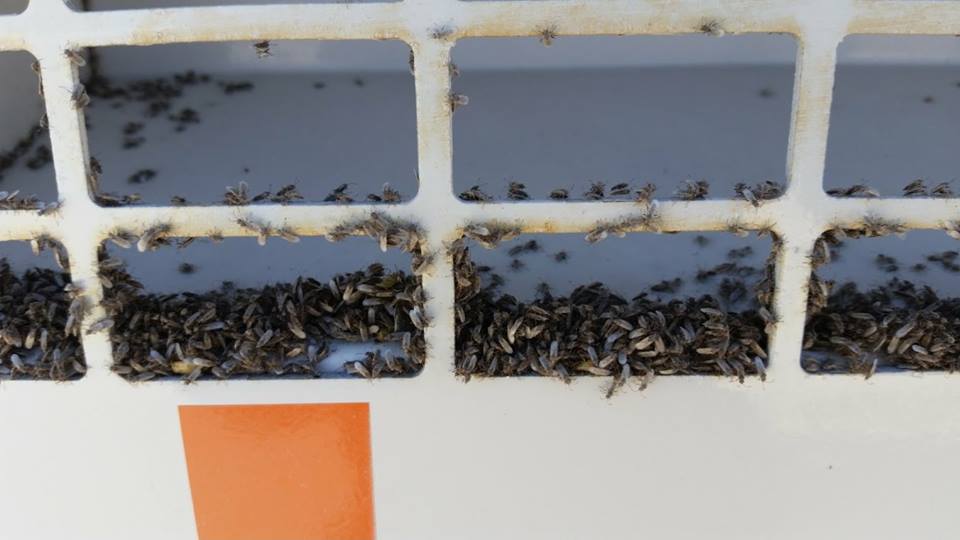
 RSS Feed
RSS Feed
